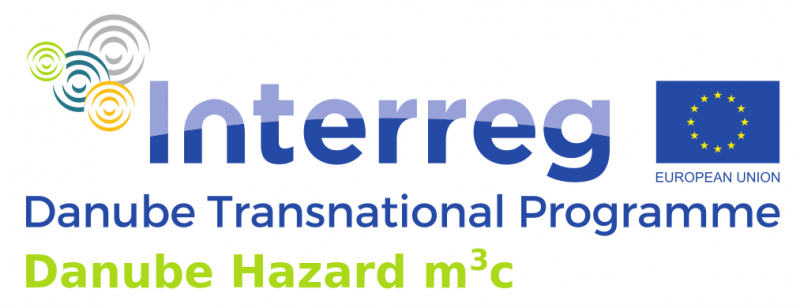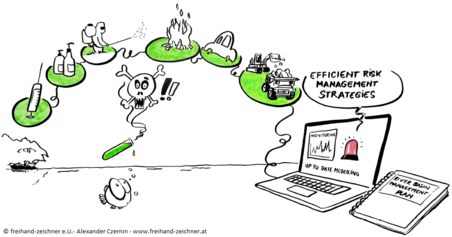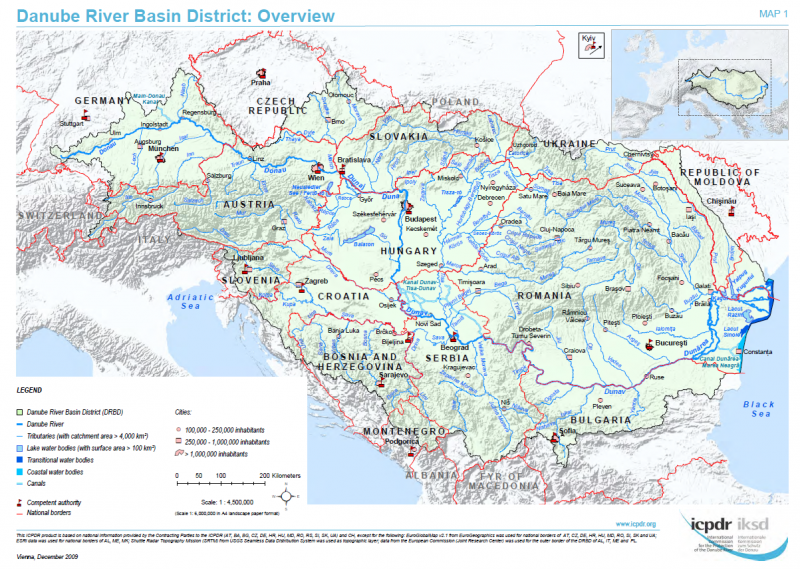Danube Hazard m3c
Tackling hazardous substances pollution in the Danube River Basin by Measuring, Modelling-based Management and Capacity building

According to the EU Water Framework Directive, hazardous substances (HS) pollution is a major water quality issue to be tackled in the Danube River Basin (DRB). This also applies to non-EU Member States, which committed to pursue similar goals within the International Commission for the Protection of the Danube River (ICPDR). Despite a significant risk of failing to achieve such goals, this topic is heavily underrepresented in the current DRB District Management Plan (DRBMP) and national plans, mostly owing to substantial knowledge gaps and to the lack of system understanding as well as institutional capacity regarding HS emissions pathways and effective management options.
The project aims to achieve a durable and effective transnational control and reduction of HS water pollution. It contributes to the DTP objective of strengthening joint and integrated approaches to preserve and manage the diversity of natural assets in the Danube region and to the targets of Priority Area 4 of the EU Strategy for the Danube Region.
Map of the Danube River Basin (ICPDR, 2009)
Danube Hazard m3c builds on the three elements of water governance (measuring, modelling and management) complemented by capacity building. Specifically, the project aims to improve the knowledge and understanding of the status quo of HS water pollution in the DRB, by integrating and harmonizing available existing data of HS concentration levels and by modelling emissions at catchment scale in pilot regions. Though not being the main focus of the project, targeted measurement campaigns must be carried out to fill critical gaps needed to provide a robust basis for modelling and management. A further goal is to enhance the transnational management of HS water pollution, through: i) coordinated prioritization of transnational measures with consideration of territorial needs, pursued through basin-wide emission modelling, assessment of management scenarios and elaboration of recommendations for the DRBMP and ii) tailor-made training activities.
For more and up to date information about the project please visit http://www.interreg-danube.eu/approved-projects/danube-hazard-m3c .


